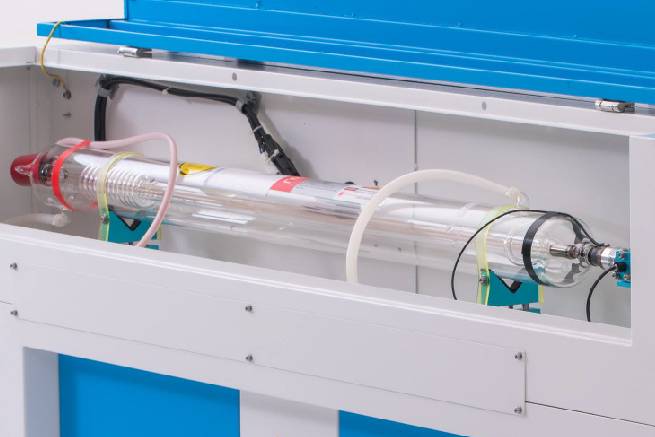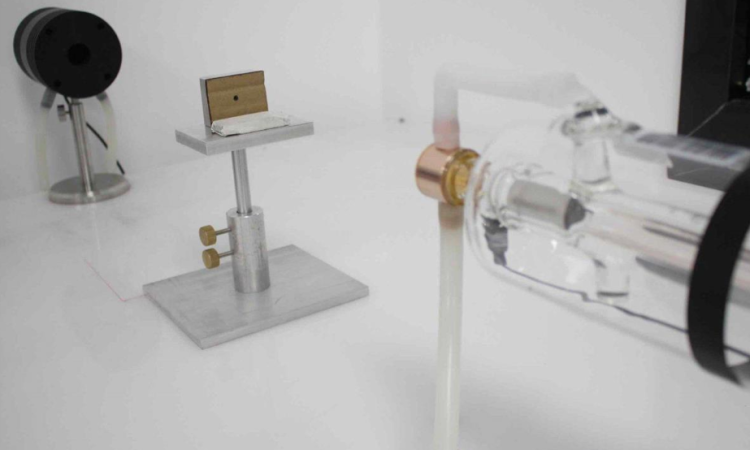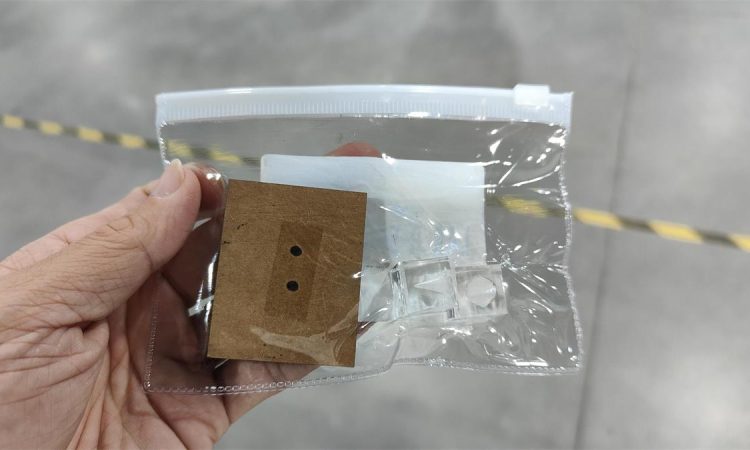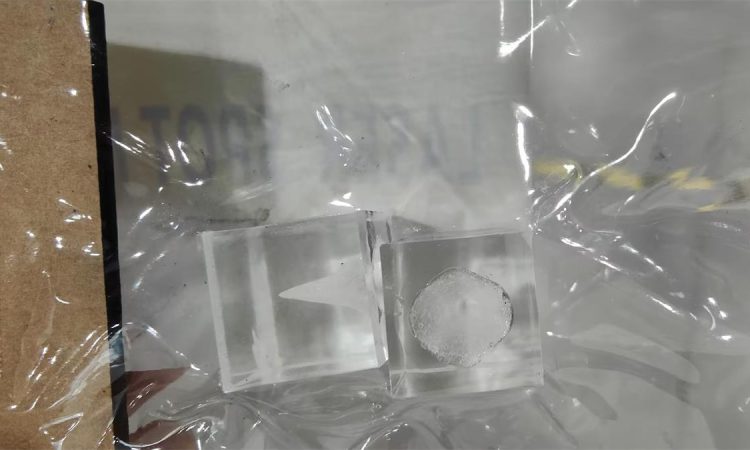In the world of laser cutting, the quality of the glass laser tube directly affects the performance, precision, and reliability of the machine. At Thunder Laser, we believe that rigorous quality control of laser tubes is essential to ensure optimal cutting results and long-term machine stability. From visual inspection to beam spot testing, each laser tube undergoes a series of stringent tests before becoming part of our machines.
In this article, we’ll walk you through the practical methods for identifying the quality of a glass laser tube, helping you maintain consistent cutting excellence.
Let’s dive in!
1. Thunder Laser High Quality Control for Glass Laser Tubes

At Thunder Laser, every laser tube undergoes a stringent quality control test before being installed in our laser cutting machines. Once the machine assembly is complete, we conduct multiple cutting and engraving tests to ensure the machine’s operational quality and stability.
These tests help us identify and eliminate low-quality laser tubes that have issues such as poor laser beams, unstable output power, or slow response times. This rigorous process ensures that Thunder Laser cutting machines produce more refined laser dots and deliver superior cutting and engraving effects.

2. Identifying the Quality of a Glass Laser Tube
Each laser tube at Thunder Laser comes with a unique identifier and test results, serving as its “ID card.” To assess the quality of a laser tube, consider the following aspects:

Color:
A high-quality laser tube typically has a purplish-red color. If the color is lighter or white, it may indicate lower power or the need for replacement. If you notice a decline in cutting performance over time, inspect the tube’s color.
Laser Spot:
A quality laser tube produces a solid laser spot. Use a pulse method to check the spot. A high-quality tube will create a solid spot, whereas a tube with hollow or irregular spots may have reduced power or require replacement.

Spot Base:
Using a thick acrylic sheet, hold the laser signal for about five seconds, then inspect the base of the spot. A high-quality tube will produce a pointed base, indicating strong cutting capability. A flat base indicates weaker cutting performance.

These three points offer a simple method to judge the quality of a laser cutting machine’s laser tube. Remember, laser tubes are consumable items and need regular replacement to maintain optimal production.
Lastly, if your equipment encounters issues, do not immediately assume the laser tube needs replacing. Other components, such as the power supply or lenses, may also contribute to the problem. A professional after-sales test is necessary to accurately diagnose the issue. For assistance, please contact Thunder Laser’s expert after-sales engineers.
Conclusion
The glass laser tube is a core component of any CO₂ laser cutting machine—and like all consumables, it requires regular monitoring and occasional replacement. By paying close attention to color, laser spot quality, and spot base shape, users can quickly assess tube health and avoid unexpected production issues.
However, it’s important to consider that cutting or engraving problems may not always stem from the laser tube itself. If in doubt, contact Thunder Laser’s after-sales team for professional diagnosis and support. With proper care and inspection, your laser machine will continue delivering precise, high-quality results.


.png) International
International
 United States
United States
 Brasil
Brasil
 Canada
Canada
 Costa Rica
Costa Rica
 Mexico
Mexico
 Česká
Česká
 Romania
Romania
 Polska
Polska
 Ireland
Ireland
 Portugal
Portugal
 Lietuva
Lietuva
 Россия
Россия Deutschland
Deutschland
 Britain
Britain
 Україна
Україна
 France
France
 Sverige
Sverige
 Italia
Italia
 Norway
Norway
 Denmark
Denmark
 Ελλάδα
Ελλάδα
 한국
한국
 中国
中国
 ประเทศไทย
ประเทศไทย
 中国香港
中国香港
 Israel
Israel
 中國臺灣
中國臺灣
 India
India
 پاکستان
پاکستان
 پශ්රී ලංකා
پශ්රී ලංකා
 ジャパン
ジャパン
 Australia
Australia
 New Zealand
New Zealand
 South Africa
South Africa